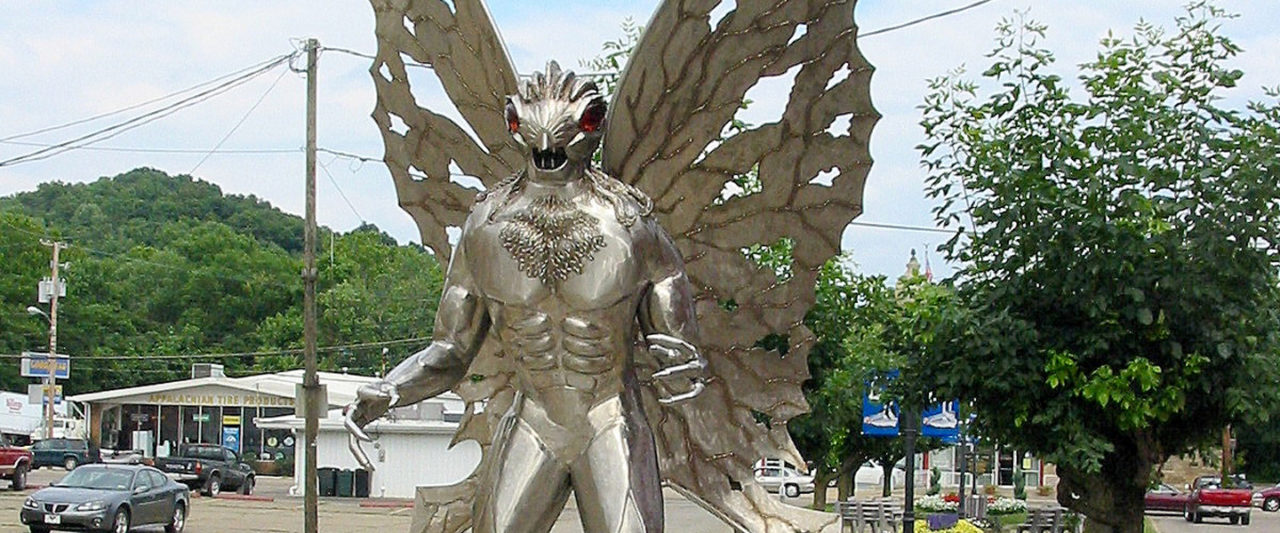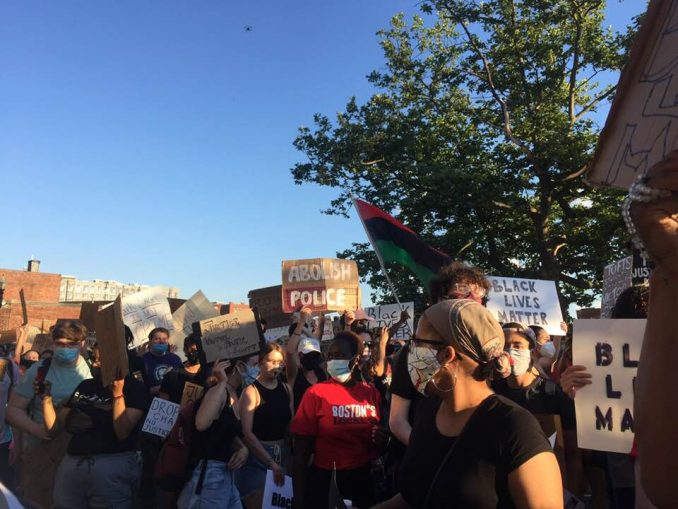Supreme Court Ruling Denounced as 'Dangerous and Serious' Attack on Women's Right to Contraceptive Care
"No employer is welcome into the exam room when I talk to patients about their contraception options, why should they be able to dictate the method from their corner office?" asked one physician.
by

Supporters of women's health rally outside the Supreme Court in Washington, DC, March 23, 2016, as the Court hears oral arguments in seven cases dealing with religious organizations that want to ban contraceptives from their health insurance policies on religious grounds. (Photo: Saul Loeb/AFP via Getty Images)
Reproductive rights advocates vowed to continue their fight to protect women's access to contraceptives in the U.S. on Wednesday after the Supreme Court ruled that employers can refuse to provide birth control coverage for workers on religious or moral grounds.
The 7-2 decision in Trump vs. Pennsylvania—in which Justices Ruth Bader Ginsberg and Sonia Sotomayor dissented—could leave 120,000 women without coverage for birth control, more than five decades after the birth control pill became legal nationwide.
Today #SCOTUS gave the Trump administration a green light to attack our birth control coverage. It’s clear that they’ll stop at nothing to take away our reproductive freedom. We have to fight back. https://t.co/CXQo39agnC #HandsOffMyBC pic.twitter.com/fH4vPmvSKy— NARAL (@NARAL) July 8, 2020
Under the ruling, companies can be shielded from abiding by the Affordable Care Act provision which requires employers to cover preventative care for employees, including contraceptive care. In the opinion for the majority of the court, Justice Clarence Thomas wrote that the Trump administration had "the statutory authority to craft that exemption, as well as the contemporaneously issued moral exemption."
Planned Parenthood Action tweeted that Wednesday's ruling crystallizes the fact that right-wing attacks on reproductive rights are focused on more than access to legal and safe abortions, and that advocates must prepare to fight for full reproductive justice.
The fact that the Court allowed this attack birth control coverage under the ACA in 2020 — and which has benefitted over 62 million people — shows the war on our reproductive health care isn’t just about access to abortion. It’s everything. pic.twitter.com/yGHhBFTZfE— Planned Parenthood Action (@PPact) July 8, 2020
Former Planned Parenthood president Cecile Richards—now a leader of the women-focused mobilization group Supermajority—appeared on MSNBC shortly after the ruling was handed down, detailing the benefits that have been afforded to women in the U.S. under the Obamacare birth control provision.
"One of the biggest successes of the Affordable Care Act was the coverage for 63 million women in this country for birth control... We've had a record low of teenage pregnancy, a 30-year low for unintended pregnancy across the board... So this is a real unfortunate development for the health and safety of women." —Cecile Richards, former Planned Parenthood president
"This is a bad decision for women's health," Richards said. "One of the biggest successes of the Affordable Care Act was the coverage for 63 million women in this country for birth control. And this decision essentially now takes away that commitment. We've had a record low of teenage pregnancy, a 30-year low for unintended pregnancy across the board. It's a very popular benefit and it crosses party lines... So this is a real unfortunate development for the health and safety of women."
Alexis McGill Johnson, current president and CEO of Planned Parenthood Action Fund, called the decision to further limit Americans' access to basic healthcare "egregious," particularly during the coronavirus pandemic.
"The dual public health crises of Covid-19 and systemic racism and violence are pushing people, our healthcare system, and our economy beyond their limits, and yet today, the Supreme Court has allowed the Trump administration to make essential healthcare even more difficult to access," said McGill Johnson. "Restrictions like this target Black and Latinx people who are more likely to be low income and for whom basic healthcare has always remained out of reach, because of historic and continued underinvestment in access to affordable care."
On Twitter, the Guttmacher Institute, which advocates for women's reproductive rights, wrote that the ruling "could set a dangerous precedent for allowing religion to be used as justification for policies that encourage discrimination."
BREAKING: We’re deeply disturbed that SCOTUS has upheld the Trump administration’s exemptions to the ACA’s birth control benefit. The rules could vastly expand the universe of entities that can deny contraceptive coverage based on religious or moral grounds. #HandsOffMyBC— Guttmacher Institute (@Guttmacher) July 8, 2020
Religious liberty should never be abused to interfere with personal health care decisions. Yet that’s exactly what the Trump administration has sought to do as part of its agenda to undermine reproductive health and rights, and impose socially conservative values on US society.— Guttmacher Institute (@Guttmacher) July 8, 2020
The Court’s decision could set a dangerous precedent for allowing religion to be used as justification for policies that encourage discrimination. All people should be able to get birth control methods that work best for them. This matters now more than ever. #ProtectOurCare— Guttmacher Institute (@Guttmacher) July 8, 2020
Dr. Daniel Grossman, director of Advancing New Standards in Reproductive Health (ANSIRH), called the ruling "a dangerous and a serious violation on workers’ freedoms, privacy, and healthcare access."
This is dangerous and a serious violation on workers’ freedoms, privacy, and healthcare access.No employer is welcome into the exam room when I talk to patients about their contraception options, why should they be able to dictate the method from their corner office? https://t.co/xTjW13pkqW— Dr. Daniel Grossman (@DrDGrossman) July 8, 2020
Richards expressed hope that the Supreme Court ruling would galvanize women ahead of the 2020 presidential election.
"I think it only serves to reinforce that this administration has done everything they can to eliminate healthcare access, and particularly for women—we know during Trumpcare they tried to get rid of maternity benefits," Richards told MSNBC. "I actually think this decision and women understanding that they just lost a benefit and....their boss can now determine whether they can get birth control, that's going to energize women even more, and they're already the most energized group of voters in the country."
McGill Johnson vowed that the Supreme Court decision would not be the end of Planned Parenthood's fight for access to reproductive freedom.
"This is not over," said McGill Johnson. "We will do all we can to ensure those who need birth control and other sexual and reproductive healthcare can access it. And we will not stop until that is a reality for everyone, no matter who you work for, where you go to school, how much money you make, or the color of your skin. You have the right to make your own decisions about your body, your healthcare, and your future, and we will never back down from this fight."












